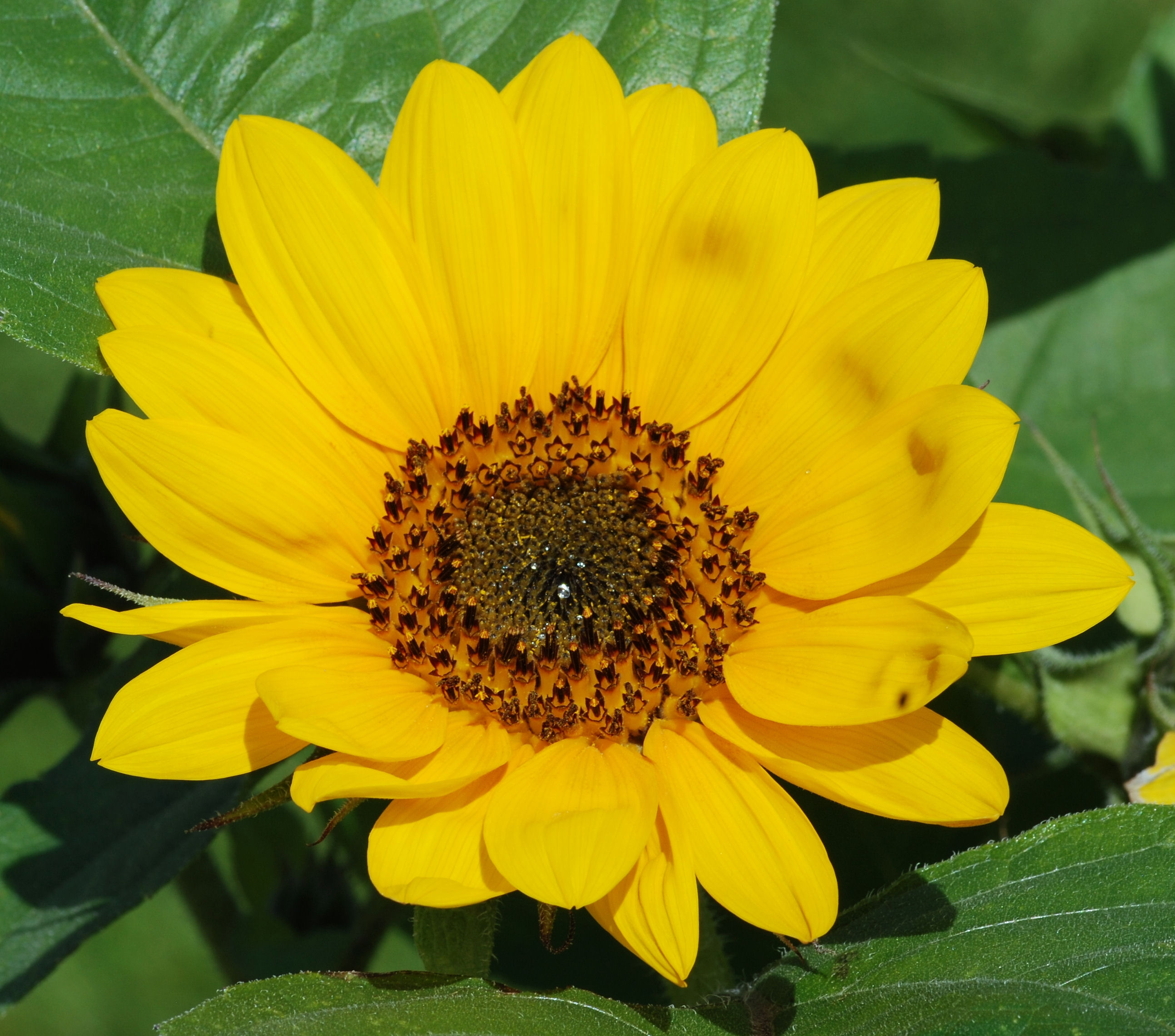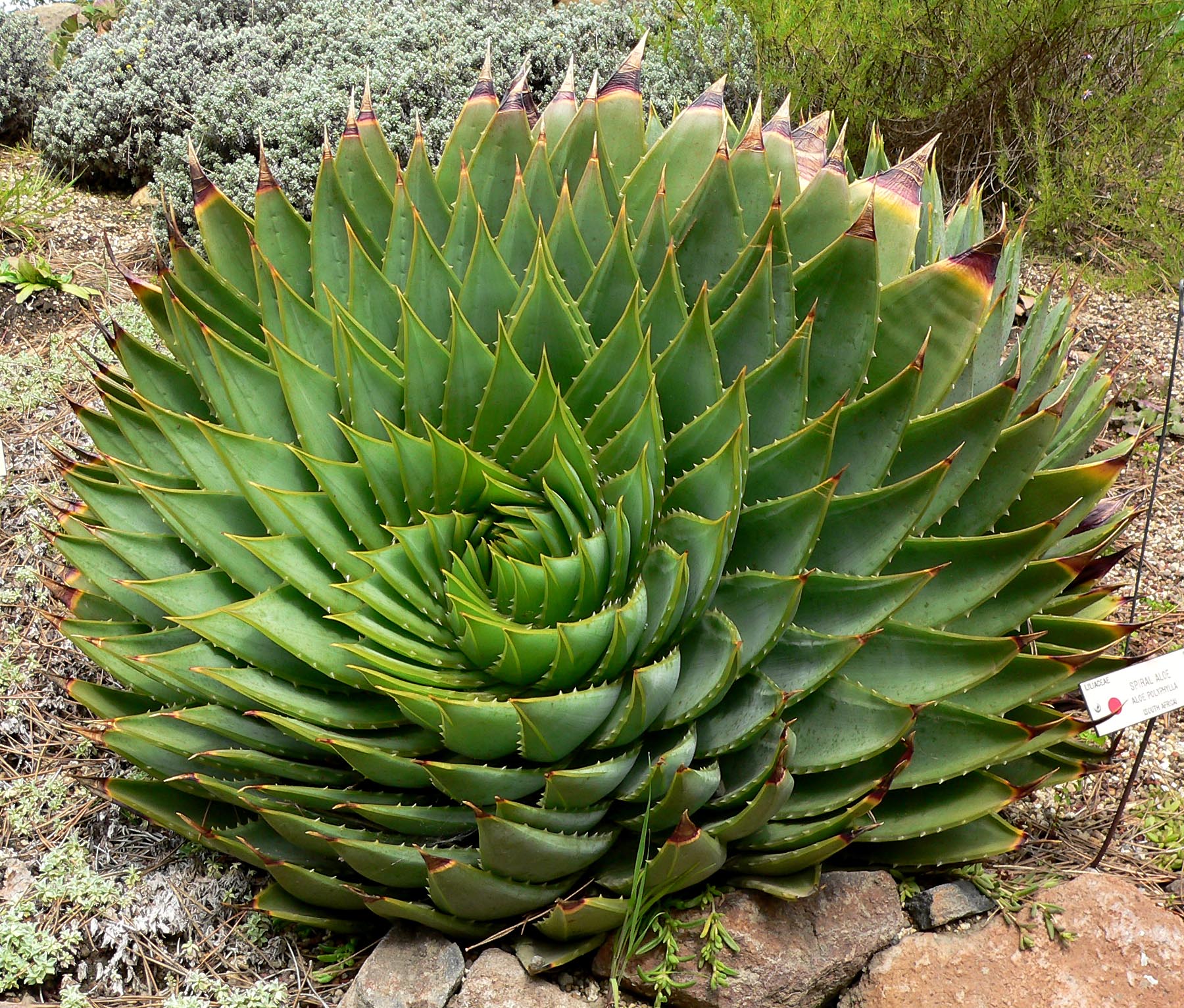|
Yacón
The yacón (''Smallanthus sonchifolius'') is a species of perennial daisy traditionally grown in the northern and central Andes from Colombia to northern Argentina for its crisp, sweet-tasting, tuberous roots. Their texture and flavour are very similar to jícama, mainly differing in that yacón has some slightly sweet, resinous, and floral (similar to violet) undertones to its flavour, probably due to the presence of inulin, which produces the sweet taste of the roots of elecampane, as well. Another name for yacón is Peruvian ground apple, possibly from the French name of potato, ''pomme de terre'' (ground apple). The tuber is composed mostly of water and fructooligosaccharide. Traditionally, yacón roots are grown by farmers at mid-elevations on the eastern slopes of the Andes descending toward the Amazon. It is grown occasionally along field borders where the juicy tubers provide a welcome source of refreshment during field work. Until as recently as the early 2000s, yacón w ... [...More Info...] [...Related Items...] OR: [Wikipedia] [Google] [Baidu] |
Oxalis Tuberosa
''Oxalis tuberosa'' is a perennial herbaceous plant that overwinters as underground stem tubers. These tubers are known as uqa in Quechua, oca in Spanish, yam in New Zealand and a number of other alternative names. The plant was brought into cultivation in the central and southern Andes for its tubers, which are used as a root vegetable. The plant is not known in the wild, but populations of wild ''Oxalis'' species that bear smaller tubers are known from four areas of the central Andean region. Oca was introduced to Europe in 1830 as a competitor to the potato, and to New Zealand as early as 1860. In New Zealand, oca has become a popular table vegetable and is simply called yam or New Zealand yam (although not a true yam). It is available in a range of colours, including yellow, orange, pink, apricot, and the traditional red. Cultural significance Grown primarily by Quechua and Aymara farmers, oca has been a staple of rural Andean diets for centuries."Oca, Ulluco, and Mashua": ... [...More Info...] [...Related Items...] OR: [Wikipedia] [Google] [Baidu] |
Inulin
Inulins are a group of naturally occurring polysaccharides produced by many types of plants, industrially most often extracted from chicory. The inulins belong to a class of dietary fibers known as fructans. Inulin is used by some plants as a means of storing energy and is typically found in roots or rhizomes. Most plants that synthesize and store inulin do not store other forms of carbohydrate such as starch. In the United States in 2018, the Food and Drug Administration approved inulin as a dietary fiber ingredient used to improve the nutritional value of manufactured food products. Using inulin to measure kidney function is the "gold standard" for comparison with other means of estimating glomerular filtration rate. Origin and history Inulin is a natural storage carbohydrate present in more than 36,000 species of plants, including agave, wheat, onion, bananas, garlic, asparagus, Jerusalem artichoke, and chicory. For these plants, inulin is used as an energy res ... [...More Info...] [...Related Items...] OR: [Wikipedia] [Google] [Baidu] |
Ulluco
''Ullucus'' is a genus of flowering plants in the family Basellaceae, with one species, ''Ullucus tuberosus'', a plant grown primarily as a root vegetable, secondarily as a leaf vegetable. The name ''ulluco'' is derived from the Quechua word , but depending on the region, it has many different names. These include ''illaco'' (in Aymara), ''melloco'' (in Ecuador), ''chungua'' or ''ruba'' (in Colombia), ''olluco'' or ''papa'' ''lisa'' (in Bolivia and Peru), or ''ulluma'' (in Argentina).Busch, J. and Savage, G.P. (2000). Nutritional composition of ulluco (Ullucus tuberosus) tubers. Proceedings on the Nutrition Society of New Zealand, 25 pp. 55-65.Arbizu, C., Huamán, Z. and Golmirzaie, A. (1997). ‘Other Andean Roots and Tubers’ in Fuccillo, D., Sears, L. and Stapleton, P. (1st ed.) Biodiversity in Trust: Conservation and Use of Plant Genetic Resources in CGIAR Centres. Cambridge: Cambridge University Press pp.39-56. Ulluco is one of the most widely grown and economically impor ... [...More Info...] [...Related Items...] OR: [Wikipedia] [Google] [Baidu] |
Eduard Friedrich Poeppig
Eduard Friedrich Poeppig (16 July 1798 – 4 September 1868) was a German botanist, zoologist and explorer. Biography Poeppig was born in Plauen, Saxony. He studied medicine and natural history at the University of Leipzig, graduating with a medical degree. On graduation, the rector of the university gave him a botanical mission to North and South America. He was helped out financially by a small group of friends and scientists in Leipzig, that included botanist Christian Friedrich Schwägrichen, who in exchange, received sets of specimens.JSTOR Global Plants Poeppig, Eduard Friedrich (1798-1868) He subsequently worked as a naturalist in (1823–24) and |
Fabaceae
The Fabaceae or Leguminosae,International Code of Nomenclature for algae, fungi, and plants. Article 18.5 states: "The following names, of long usage, are treated as validly published: ....Leguminosae (nom. alt.: Fabaceae; type: Faba Mill. Vicia L.; ... When the Papilionaceae are regarded as a family distinct from the remainder of the Leguminosae, the name Papilionaceae is conserved against Leguminosae." English pronunciations are as follows: , and . commonly known as the legume, pea, or bean family, are a large and agriculturally important family of [...More Info...] [...Related Items...] OR: [Wikipedia] [Google] [Baidu] |
Achene
An achene (; ), also sometimes called akene and occasionally achenium or achenocarp, is a type of simple dry fruit produced by many species of flowering plants. Achenes are monocarpellate (formed from one carpel) and indehiscent (they do not open at maturity). Achenes contain a single seed that nearly fills the pericarp, but does not adhere to it. In many species, what is called the "seed" is an achene, a fruit containing the seed. The seed-like appearance is owed to the hardening of the fruit wall (pericarp), which encloses the solitary seed so closely as to seem like a seed coat. Examples The fruits of buttercup, buckwheat, caraway, quinoa, amaranth, and cannabis are typical achenes. The achenes of the strawberry are sometimes mistaken for seeds. The strawberry is an accessory fruit with an aggregate of achenes on its outer surface, and what is eaten is accessory tissue. A rose produces an aggregate of achene fruits that are encompassed within an expanded hypanthium ... [...More Info...] [...Related Items...] OR: [Wikipedia] [Google] [Baidu] |
Hermaphrodite (botany)
Plant reproductive morphology is the study of the physical form and structure (the morphology) of those parts of plants directly or indirectly concerned with sexual reproduction. Among all living organisms, flowers, which are the reproductive structures of angiosperms, are the most varied physically and show a correspondingly great diversity in methods of reproduction. Plants that are not flowering plants (green algae, mosses, liverworts, hornworts, ferns and gymnosperms such as conifers) also have complex interplays between morphological adaptation and environmental factors in their sexual reproduction. The breeding system, or how the sperm from one plant fertilizes the ovum of another, depends on the reproductive morphology, and is the single most important determinant of the genetic structure of nonclonal plant populations. Christian Konrad Sprengel (1793) studied the reproduction of flowering plants and for the first time it was understood that the pollination process involve ... [...More Info...] [...Related Items...] OR: [Wikipedia] [Google] [Baidu] |
Florets
This glossary of botanical terms is a list of definitions of terms and concepts relevant to botany and plants in general. Terms of plant morphology are included here as well as at the more specific Glossary of plant morphology and Glossary of leaf morphology. For other related terms, see Glossary of phytopathology, Glossary of lichen terms, and List of Latin and Greek words commonly used in systematic names. A B ... [...More Info...] [...Related Items...] OR: [Wikipedia] [Google] [Baidu] |
Pseudanthium
A pseudanthium (Greek for "false flower"; ) is an inflorescence that resembles a flower. The word is sometimes used for other structures that are neither a true flower nor a true inflorescence. Examples of pseudanthia include flower heads, composite flowers, or capitula, which are special types of inflorescences in which anything from a small cluster to hundreds or sometimes thousands of flowers are grouped together to form a single flower-like structure. Pseudanthia take various forms. The real flowers (the florets) are generally small and often greatly reduced, but the pseudanthium itself can sometimes be quite large (as in the heads of some varieties of sunflower). Pseudanthia are characteristic of the daisy and sunflower family (Asteraceae), whose flowers are differentiated into ray flowers and disk flowers, unique to this family. The disk flowers in the center of the pseudanthium are actinomorphic and the corolla is fused into a tube. Flowers on the periphery are zygomo ... [...More Info...] [...Related Items...] OR: [Wikipedia] [Google] [Baidu] |
Rhizome
In botany and dendrology, a rhizome (; , ) is a modified subterranean plant stem that sends out roots and shoots from its nodes. Rhizomes are also called creeping rootstalks or just rootstalks. Rhizomes develop from axillary buds and grow horizontally. The rhizome also retains the ability to allow new shoots to grow upwards. A rhizome is the main stem of the plant that runs underground horizontally. A stolon is similar to a rhizome, but a stolon sprouts from an existing stem, has long internodes, and generates new shoots at the end, such as in the strawberry plant. In general, rhizomes have short internodes, send out roots from the bottom of the nodes, and generate new upward-growing shoots from the top of the nodes. A stem tuber is a thickened part of a rhizome or stolon that has been enlarged for use as a storage organ. In general, a tuber is high in starch, e.g. the potato, which is a modified stolon. The term "tuber" is often used imprecisely and is sometimes appli ... [...More Info...] [...Related Items...] OR: [Wikipedia] [Google] [Baidu] |
Rhizomes
In botany and dendrology, a rhizome (; , ) is a modified subterranean plant stem that sends out roots and shoots from its nodes. Rhizomes are also called creeping rootstalks or just rootstalks. Rhizomes develop from axillary buds and grow horizontally. The rhizome also retains the ability to allow new shoots to grow upwards. A rhizome is the main stem of the plant that runs underground horizontally. A stolon is similar to a rhizome, but a stolon sprouts from an existing stem, has long internodes, and generates new shoots at the end, such as in the strawberry plant. In general, rhizomes have short internodes, send out roots from the bottom of the nodes, and generate new upward-growing shoots from the top of the nodes. A stem tuber is a thickened part of a rhizome or stolon that has been enlarged for use as a storage organ. In general, a tuber is high in starch, e.g. the potato, which is a modified stolon. The term "tuber" is often used imprecisely and is sometimes applied to pl ... [...More Info...] [...Related Items...] OR: [Wikipedia] [Google] [Baidu] |
Opposite Leaves
In botany, phyllotaxis () or phyllotaxy is the arrangement of leaves on a plant stem. Phyllotactic spirals form a distinctive class of patterns in nature. Leaf arrangement The basic arrangements of leaves on a stem are opposite and alternate (also known as spiral). Leaves may also be whorled if several leaves arise, or appear to arise, from the same level (at the same node) on a stem. With an opposite leaf arrangement, two leaves arise from the stem at the same level (at the same node), on opposite sides of the stem. An opposite leaf pair can be thought of as a whorl of two leaves. With an alternate (spiral) pattern, each leaf arises at a different point (node) on the stem. Distichous phyllotaxis, also called "two-ranked leaf arrangement" is a special case of either opposite or alternate leaf arrangement where the leaves on a stem are arranged in two vertical columns on opposite sides of the stem. Examples include various bulbous plants such as ''Boophone''. It also ... [...More Info...] [...Related Items...] OR: [Wikipedia] [Google] [Baidu] |










